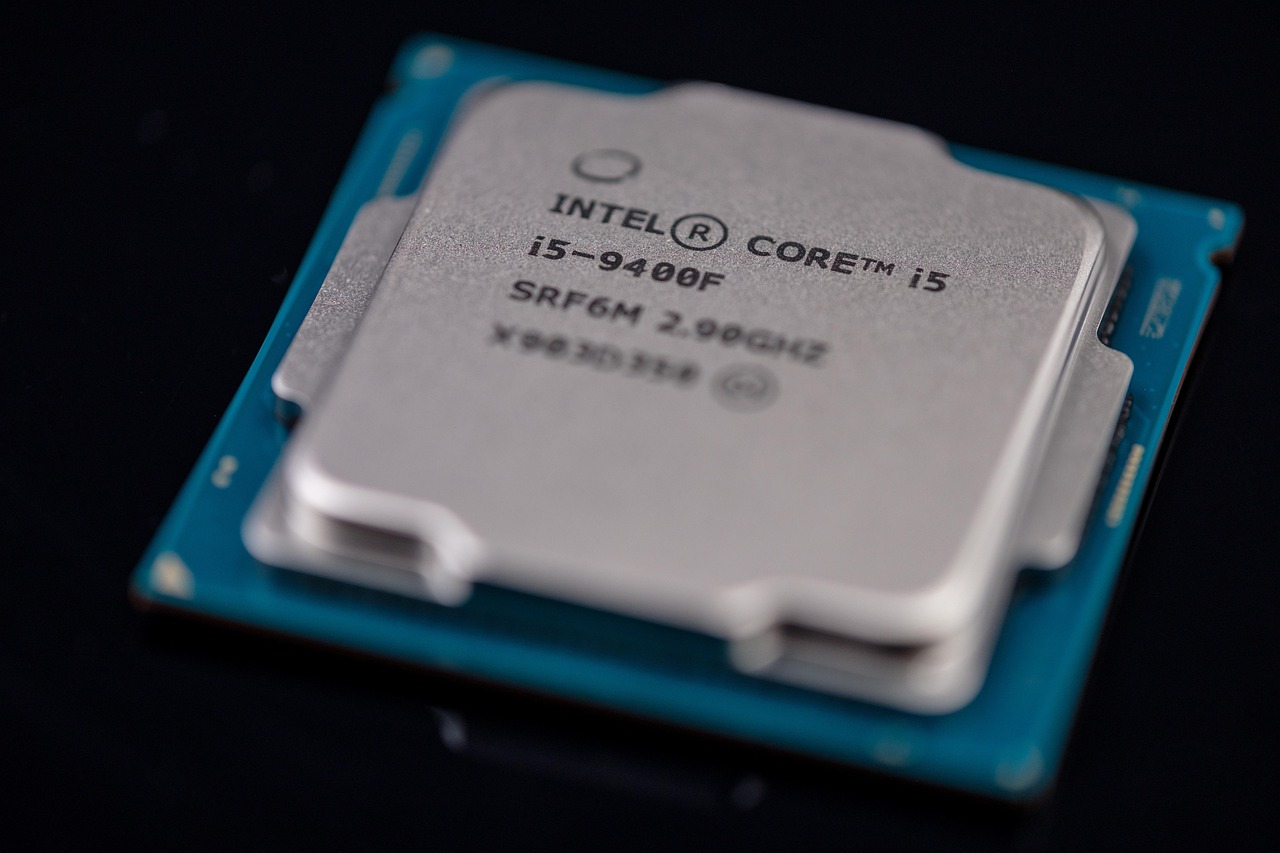Barclays Explores Stablecoin Solutions for Cross-Border Trade

In a significant move for the financial sector, Barclays has initiated research into the potential use of stablecoins for facilitating cross-border trade. As global businesses continue to seek efficient and cost-effective methods for international transactions, the bank’s exploration into stablecoin applications could offer transformative solutions, potentially reshaping the landscape of global commerce.
Stablecoins, digital currencies pegged to stable assets such as the US dollar or euro, offer the promise of reduced volatility compared to traditional cryptocurrencies. This stability makes them an attractive option for businesses looking to mitigate exchange rate risks in international trade. Barclays’ research aims to assess the viability of stablecoins in addressing common challenges faced in cross-border transactions, including high fees, long processing times, and lack of transparency.
The global trade ecosystem is complex, often involving multiple intermediaries and regulatory hurdles. Traditional cross-border payment systems can be slow and costly, with transaction fees often reaching up to 7% of the total transaction value, according to the World Bank. Moreover, the lack of real-time tracking and settlement can lead to cash flow issues for businesses.
Barclays is focusing on several key areas in its research:
- Cost Efficiency: Investigating whether stablecoins can reduce transaction costs compared to traditional banking systems.
- Transaction Speed: Exploring the potential for near-instantaneous settlements, which could significantly enhance cash flow management.
- Regulatory Compliance: Ensuring that stablecoin transactions meet international regulatory standards to prevent issues such as money laundering and fraud.
- Transparency and Security: Utilizing blockchain technology to offer transparent transaction records and enhanced security measures.
In the context of global trade, the use of stablecoins could offer a streamlined alternative to current systems, potentially overcoming the limitations of both fiat currencies and traditional cryptocurrencies. The decentralized nature of blockchain technology, which underpins stablecoins, offers the possibility of peer-to-peer transactions without the need for central authorities, reducing the layers of intermediaries.
However, the adoption of stablecoins in cross-border trade is not without challenges. Regulatory frameworks for digital currencies are still evolving, and differences in legal and financial systems across countries could complicate widespread implementation. Additionally, the technological infrastructure required to support stablecoin transactions is still in development stages in many regions.
Barclays’ research into stablecoin applications is expected to contribute valuable insights into these challenges and opportunities. By collaborating with regulatory bodies, technology firms, and financial institutions, Barclays aims to ensure that any stablecoin solutions developed are robust, compliant, and scalable.
As the financial industry continues to grapple with the implications of digital currencies, Barclays’ initiative represents a proactive approach to staying at the forefront of technological advancements. If successful, stablecoin integration into cross-border trade could lead to more efficient global commerce, benefiting businesses and consumers alike.
In conclusion, Barclays’ research into stablecoin cross-border trade reflects the growing interest in digital currencies as potential disruptors of traditional financial systems. While significant hurdles remain, the potential benefits for global trade are substantial, positioning stablecoins as a focal point in the ongoing evolution of international finance.















